
Savonnières is part of the Loire Valley – designated a UNESCO world heritage site as a cultural landscape. Notable for the quality of its architectural heritage, it witnesses the interactions between men and the river during two thousand years of History. www.valdeloire.org
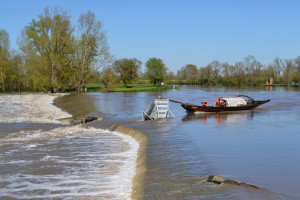
THE INLAND WATER SHIPPING
The association of the Boatmen of the Cher cultivates the memory of the inland water shipping on the Cher and the Loire thanks to the construction and the maintenance of traditional boats. It organizes some cultural and educational programs, exhibitions and special events. To learn more about it
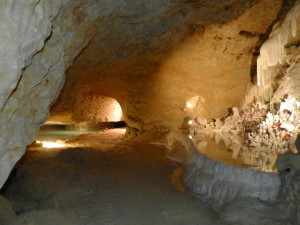
THE PETRIFYING CAVES
Used as a tuffeau quarry in the old days, the Petrifying caves of Savonnières contain stalactites, stalagmites, petrifying draperies and cascades. They are open to the public and are the siege of the natural bizarre arts and crafts of petrification. www.grottes-savonnieres.com/english
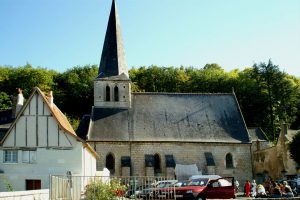
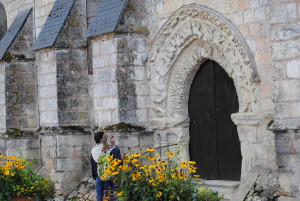
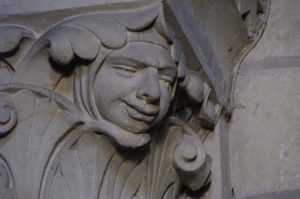
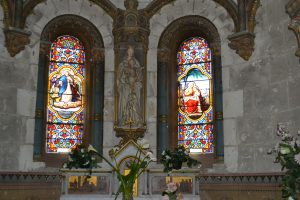
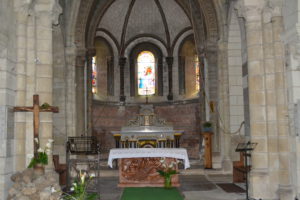
THE CHURCH
The church of Savonnières is entirely ranked as a historical monument. The first time the church appeared under the name of Saint Gervais and Saint Protais was on silver money stamped in Savonnières around 750. This first wooden church was destroyed during the Normans’ incursions of the 9th and 10th centuries.
The construction of the existing building dates back to the beginning of the 12th century. The splendid porch is in saintongeais style and shows three archivolts sculpted with interlacing, leafage, fantastic animals and demons.
The Church was repaired and extended from 1812 onwards. The two South bays were added in 1862. At the same period, the floor was lowered at its primitive level and the two big capitals were sculpted. At the end of the 19th century, two little apses and a third bay were added as well as a new cedar sculpted altar installed. This latter is an artwork from Sergeff, a student of Rodin.
The church is characterized by its outstanding sculpted porch, but the inside – in Plantagenet style – is also worth a look. There, you can admire stained-glass windows from the 19th century relating the martyrs of Saints Gervais and Protais as well as a rose window from the same period representing Saint Louis in crusade.
Besides, the church also holds a polychrome wooden statue of Saint Roch – patron saint of the boatmen of the Cher – and an “on wood” painting representing the Blessing Christ. Both artworks are from the 16th century and were ranked amongst the historical valuables in 1913.
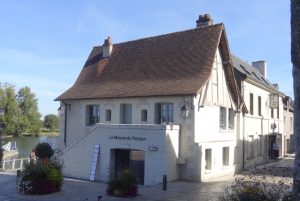
THE FERRYMAN’S HOUSE
The Ferryman’s House dates back 1580 at least. At this period, it was an inn. In 1613, Balthazar Breton of Villandry – lord of Savonnières castellany – bought the inn in order to establish his Justice Court on the first floor, leaving the café on the ground floor.
The Justice Court was dissolved in 1790 but the inn remained. The owner got the rent of the ferryboat in 1850, but the opening of the first suspension bridge of Savonnières put an end to the ferryman and boat, two years later.
The café of the Ferryman’s House remained until the early 20th century. Nowadays, it hosts an art gallery, gift shop and café.
To learn more about it

THE YEW’S HOUSE
The last owner of the Yew’s House – a boatman’s widow – left it to the municipality in 1870 on condition that it became a girl’s school. This latter opened its doors in December 1872. As nuns ran it, it had to be closed after the passing of the 1904 law prohibiting education by congregations.
Nowadays, this beautiful building has become the restaurant La Maison Tourangelle www.lamaisontourangelle.com

THE TOWN HALL
In 1838, the municipality bought an old enclosed house to establish the town hall as well as a boy’s school.
After the floods of the 13th of May and 14th of June 1856, the floor had to be raised of 6 ft. Some other works of transformation and rising were fulfilled in 1906 and 1907. The monumental fireplace of the Council Room – from 1908 – is an artwork of the local sculptor Régidus.
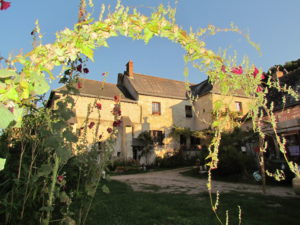
THE FOUNTAINS MILL
This old water mill is located at the beginning of the Rue du Paradis where the ancient Roman soap mill was situated before. It can be visited on request. The buildings date back to the 14th, 15th and 16th centuries. Although the old bucket wheel has disappeared, the cast ironed mechanisms as well as the grindstone, remain.
http://legrenierdumoulin.pagesperso-orange.fr/english.htm

